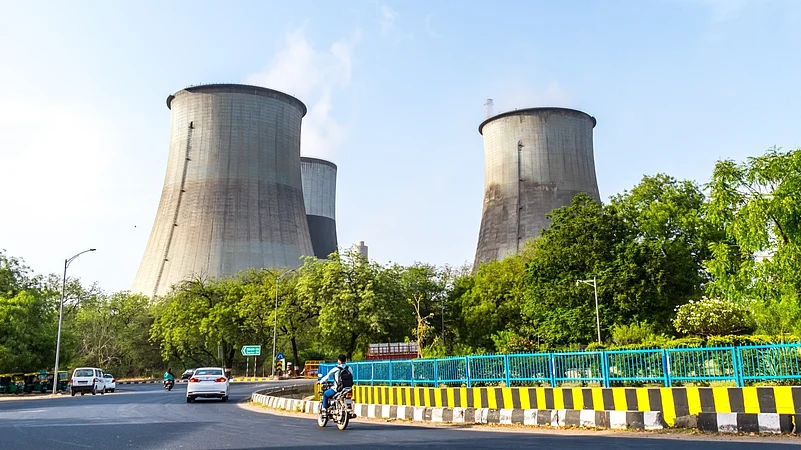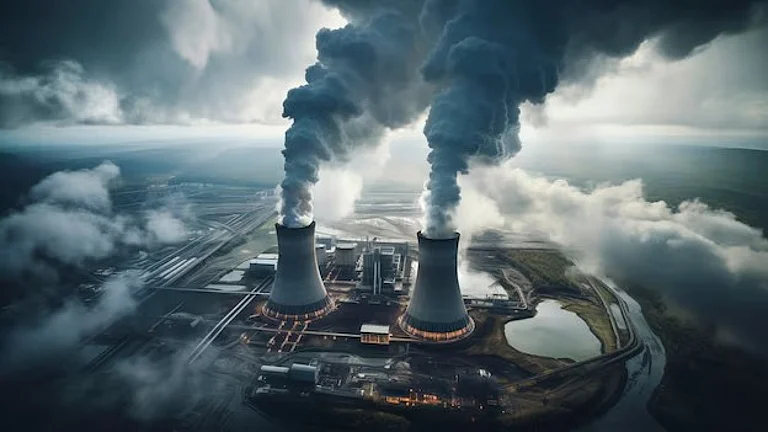The government has identified 10 old or retired thermal power sites for converting them into nuclear units.
The 10 sites have been shortlisted across various states as part of the preliminary process. A final decision will be taken after inspections by a site selection committee, which has members of Nuclear Power Corporation of India, people close to the development told ET.
One of the sites, Wanakbori thermal power plant in Gujarat, contains seven units of 210 MW each.
The ET also revealed that the list is raw and a first step in the process. The selection of nuclear plants is much more stringent than thermal, so the process will take time. The parameters involved in site selection include plants’ seismicity, water availability and nearby habitation.
Benefits of Reusing Coal Plant Sites
A government official explained ET that the key benefits of converting old thermal power plants for nuclear energy generation is the existing availability of land, water, and transmission lines. However, factors such as marking exclusion zones of at least 1 km radius around a nuclear plant, with prohibitions for public habitation, will need to be considered before taking a final decision, the official said.
According to Mint, repurposing existing infrastructure would lower the land requirement, while the existing transmission grid and infrastructure on the premises would also be used, significantly cutting costs.
A US Department of Energy report in 2022 said savings of up to 35% can be achieved by reusing thermal assets.
Anujesh Dwivedi, Partner at Deloitte India told Mint, “Converting retired coal-based plants to nuclear power plants has the potential to offer a win-win situation from the perspective of land acquisition, water availability as well as ready-made power evacuation infrastructure.”

“Leveraging such sites can be helpful in fast-tracking and cost-optimisation of proposed nuclear power plants,” he added, saying that such sites would require additional evaluation from the perspective of additional clearances and safeguards required for nuclear power projects.
Additionally, the government is exploring Small Modular Reactors (SMRs), which provide a flexible, scalable, and cost-effective alternative to conventional large nuclear reactors. This move aligns with India’s broader aim to reach 100 GW nuclear power capacity by 2047 from about 8.8 GW currently.




























